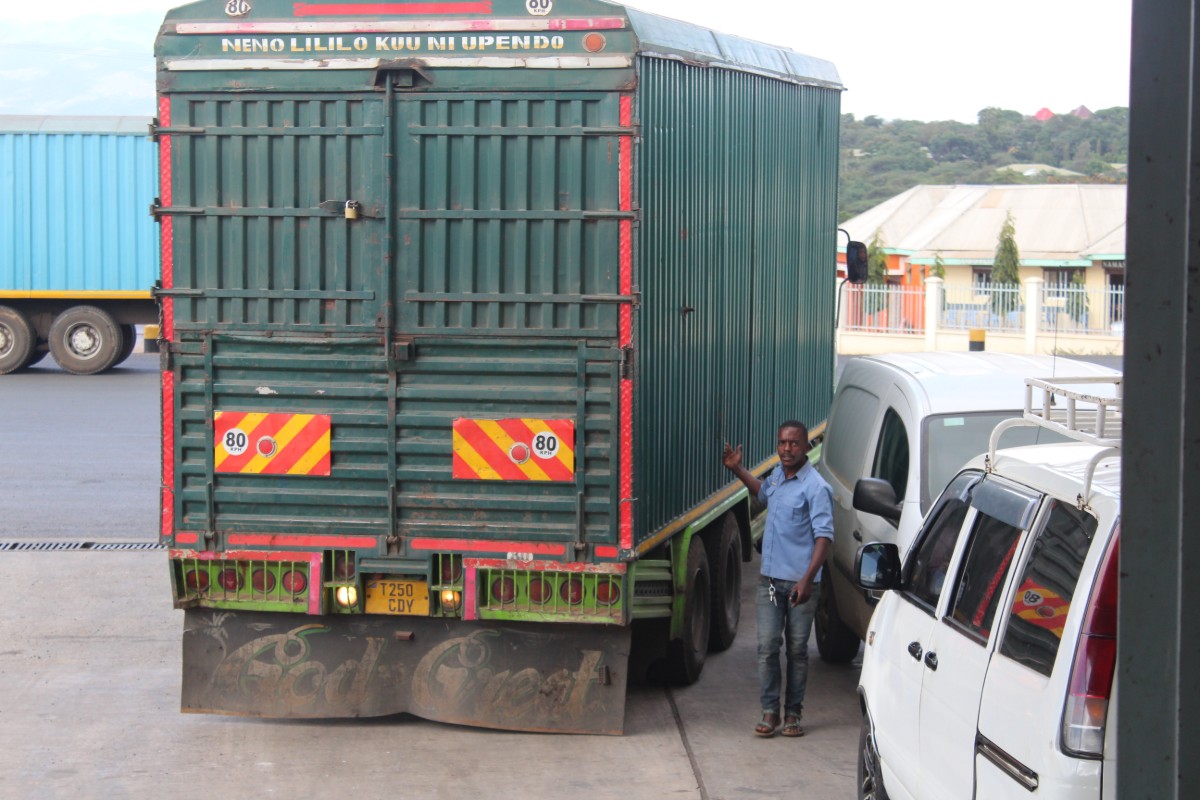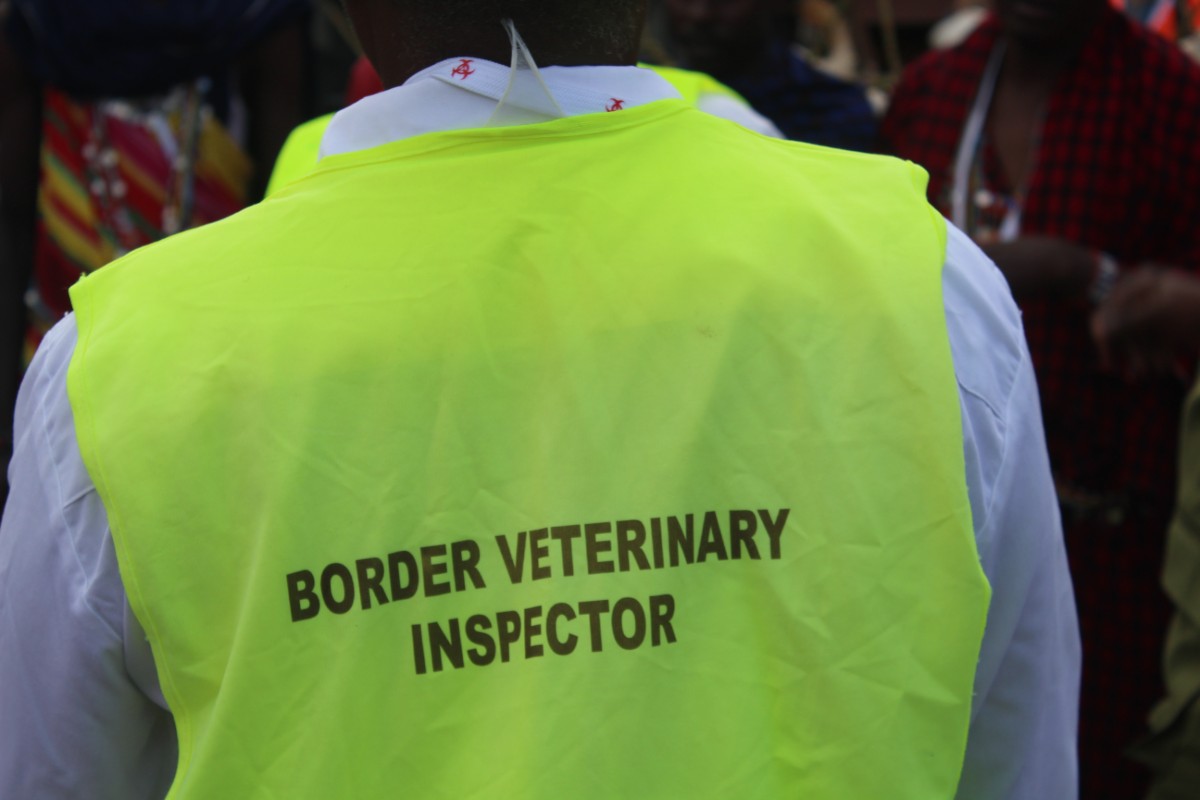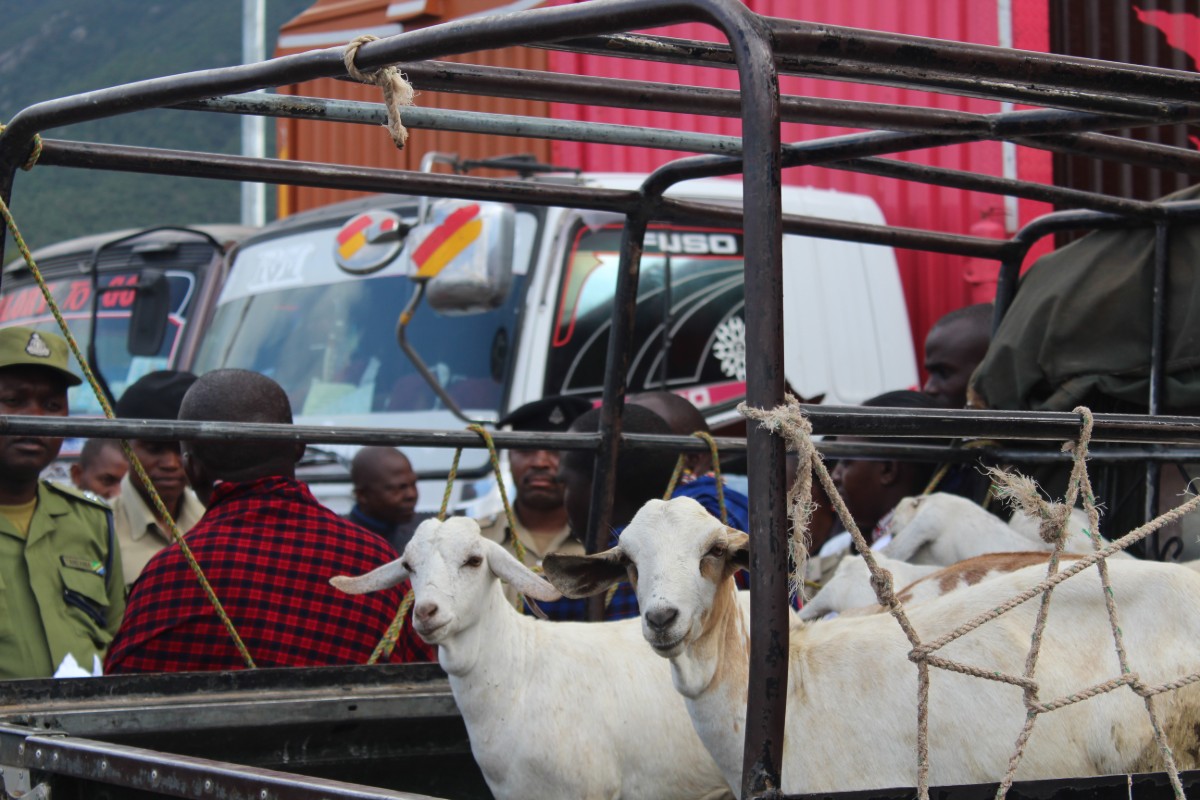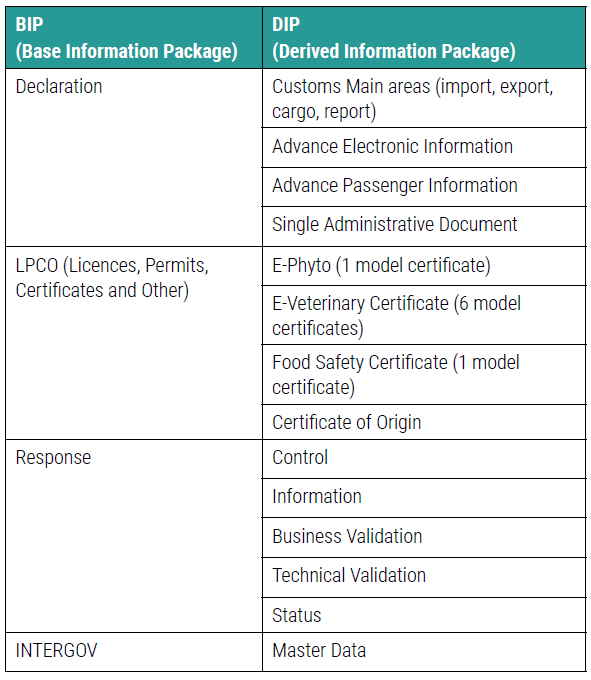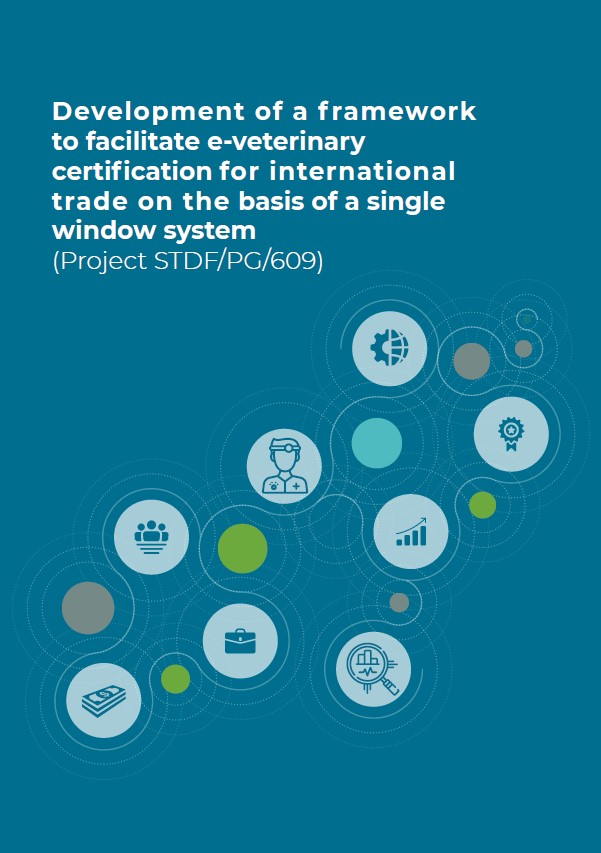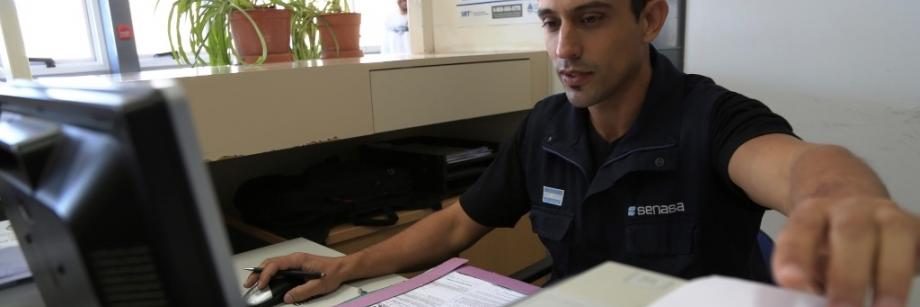


The study, conducted as part of an OIE Project, funded by the Standards and Trade Development Facility (STDF) between 2018 and 2020, collects views of a selection of Member Countries and of partner organisations such as the IPPC, the WCO and CITES on the use of e-certification.
The report “Development of a framework to facilitate e-veterinary certification for international trade on the basis of a single window system” (Project STDF/PG/609) includes feedback from three African countries on their experiences and challenges faced with regard to electronic veterinary certification : eSwatini, Nigeria and Zimbabwe.
Both the Terrestrial and the Aquatic Code already define (in article 5.2.4.) certification as provided by electronic exchange of data sent directly from the Competent Authority of the exporting country to the Competent Authority of the importing country.
Picture (c) Wikimedia Commons
But digitalising certification is more than replacing paper documents by pdf files. It requires a whole new approach to the services rendered, a private sector which drives the demand for these services and cannot be disaggregated from the ongoing processes in other areas of certification and border control towards a single window approach.
In looking at best practices of international organisations to date, the study looked at the following four organisations :
By deriving a pertinent Information Package, either a Base Information Package (BIP) or a specific Derived Information Package (DIP), and translating it into a My Information Package (MIP), countries can then start implementing the WCO DM. One of these BIPs is called the LPCO BIP that describes the use of the WCO DM for electronic Licences, Permits, Certificates and Other forms. It includes the DIP for the OIE Veterinary Certificate for International Trade. The OIE DIP describes the subset of the WCO DM structure of certificates containing essential information relating to animal health and public health.



Development of a framework to facilitate e-veterinary certification for international trade on the basis of a single window system (Project STDF/PG/609)
Experiences gathered at national and international level allow OIE to envision a work plan to develop e-veterinary certifications standards, avoiding the pitfalls of previous attempts and accompanied by a set of technical support tools, aimed at developing countries, which – as stated by the authors of the study – “are expected to assist developing countries in their potential use of e-veterinary certification to better engage in international trade of animals and animal products”
Such workplan includes several internal and external mechanisms, developed in parallel, such as :
PDF - 3.44MB
Electronic SPS Certification at SENASA (Argentina). Picture (c) STDF (SENASA) 2018. All other pictures (c) P. Bastiaensen (oie) 2019, unless mentioned otherwise.
